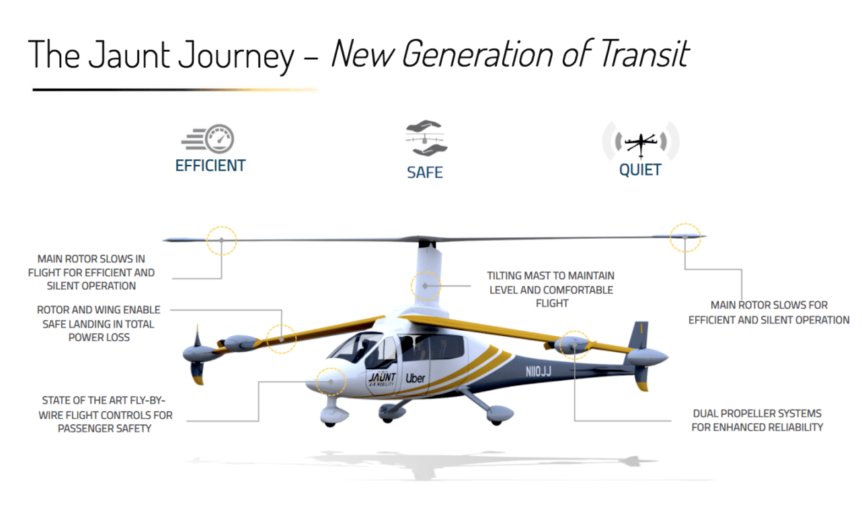The Jaunt Journey may be the most unique eVTOL (electric Vertical Take Off and Landing) machine coming to market, and it relies on something old and several things new for its advanced take on Advanced Air Mobility (AAM). What makes it special is its combining autogiro-like technology with electric power and some different approaches to the transitions between vertical and horizontal flight. Jaunt promises to carry a pilot and four passengers 80 to 120 miles, pushing it into the realm of regional air mobility. It can top out at 175 miles per hour, or about the upper limits of most helicopters while pressing down with only 55 dBa of sound pressure, considerably below that of any helicopter. Its performance and several distinguishing features make it all the more unique. Somewhat Like an Autogiro Autogiros were pre-helicopter rotary-wing aircraft that could lift off and alight quickly because of a large, usually un-driven, series of blades above the fuselage. Note how easily …
Defeating Dendrites – Going with the Flow
One thing stalling battery development, dendrites, may have met their match if University of California at Davis researchers have their way. Jiandi Wan’s research group allowed ions to flow through a microfluidic channel near a battery’s cathode to prevent dendrite growth. According the group’s paper, this, “…can potentially expand the safety and lifespans of these next-generation rechargeable batteries.” Their research may lead to safe lithium metal batteries, promising higher power and energy densities, but also struggling with safety issues. Lithium metal batteries might potentially produce twice the energy of lithium-ion batteries, but have greater risks because of the growth of tree-like dendrites on the cathode. An article in PV Buzz explains, “When they charge, some ions are reduced to lithium metal at the cathode surface and form irregular, tree-like microstructures known as dendrites, which can eventually cause a short circuit or even an explosion.” Associate professor Jiandi Wan’s paper in Science Advances explains the problem and the fix. His Department …
EAS VIII: Making Small Airplanes Ride Smoothly
Dr. C. P. (Case) van Dam of the University of California at Davis provided some counter-intuitive pointers on making small airplanes ride more smoothly to participants at the eighth annual Electric Aircraft Symposium in late April. His solutions for ride quality enhancement in small airplanes are an essential ingredient in making electric Sky Taxis a plausible reality. Because at least initially many electric aircraft are constrained to long wing spans and light wing loadings, they are subject to “perturbations of significant magnitude to be unacceptable.” These disruptions of the intended altitude and direction of the aircraft can be more upsetting to passengers than to the aircraft itself, but van Dam had several suggestions to alleviate the vertical and lateral accelerations that passengers perceive as bumpy air. He had explained the possible need for a gust alleviation system in his 2008 Electric Aircraft Symposium talk, something he felt even then would be necessary, “In order for these vehicles to achieve acceptable …


